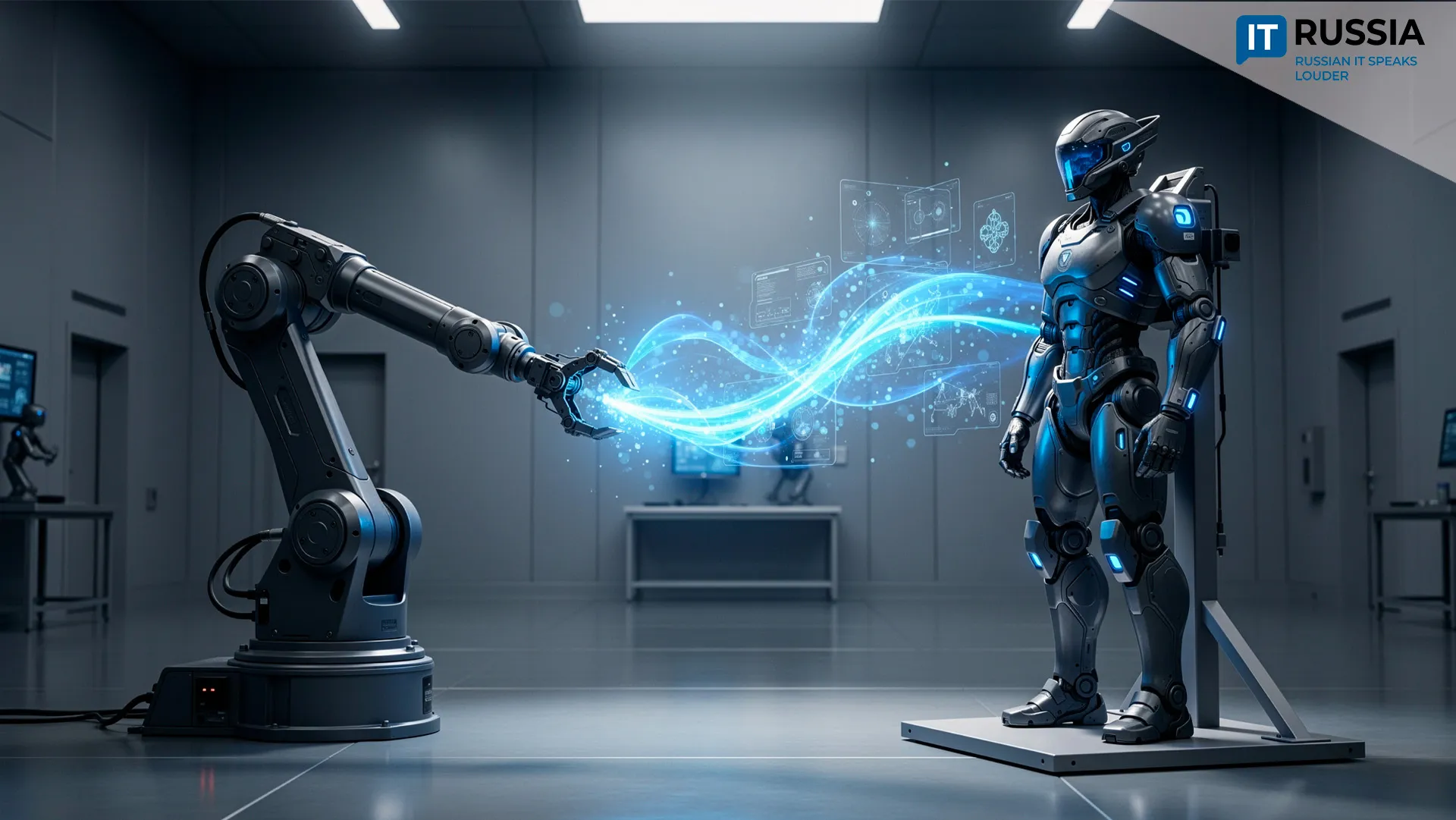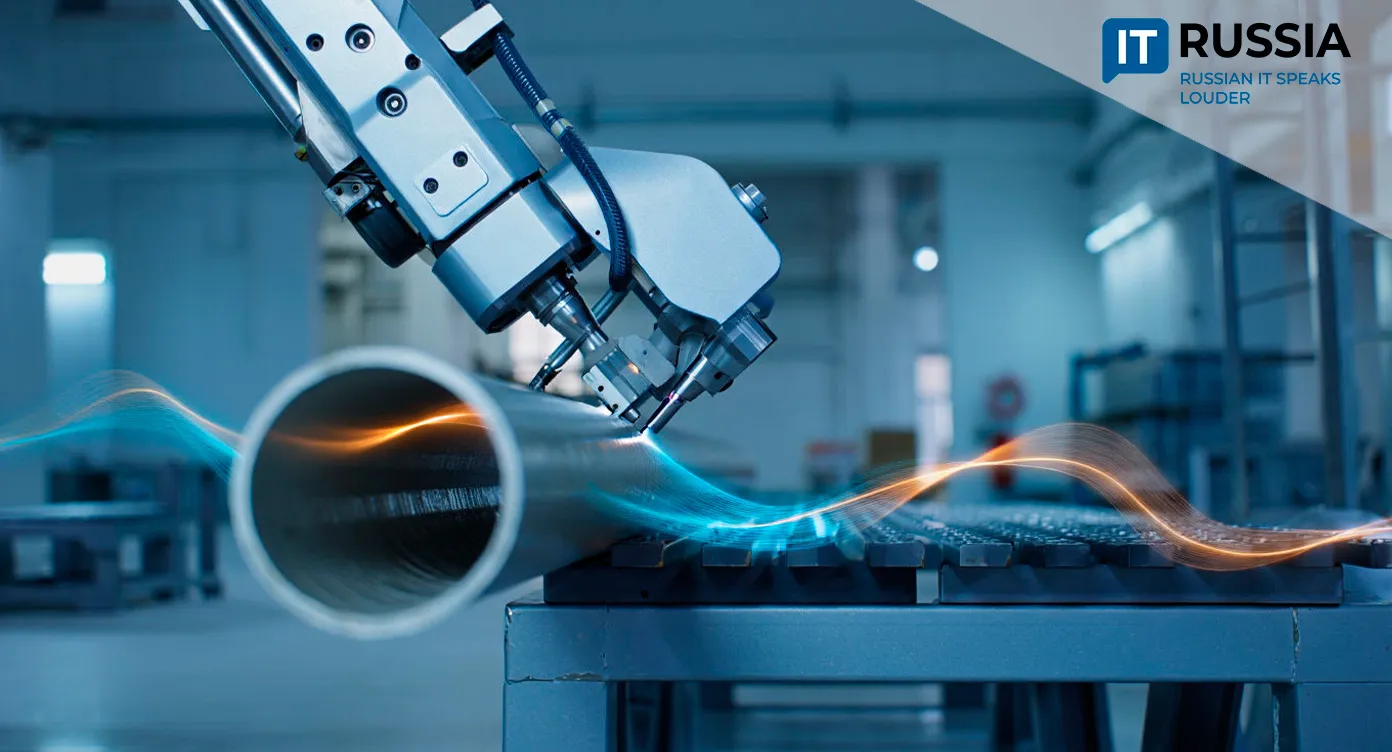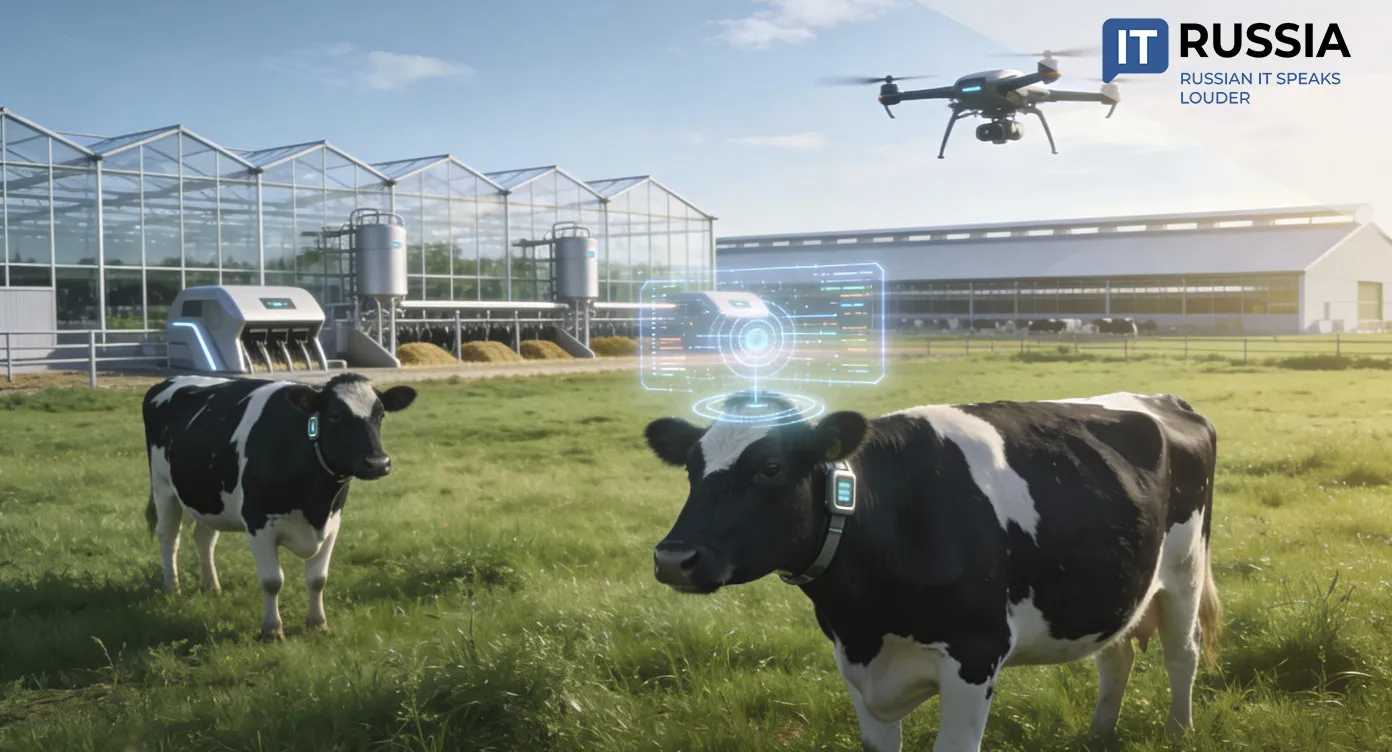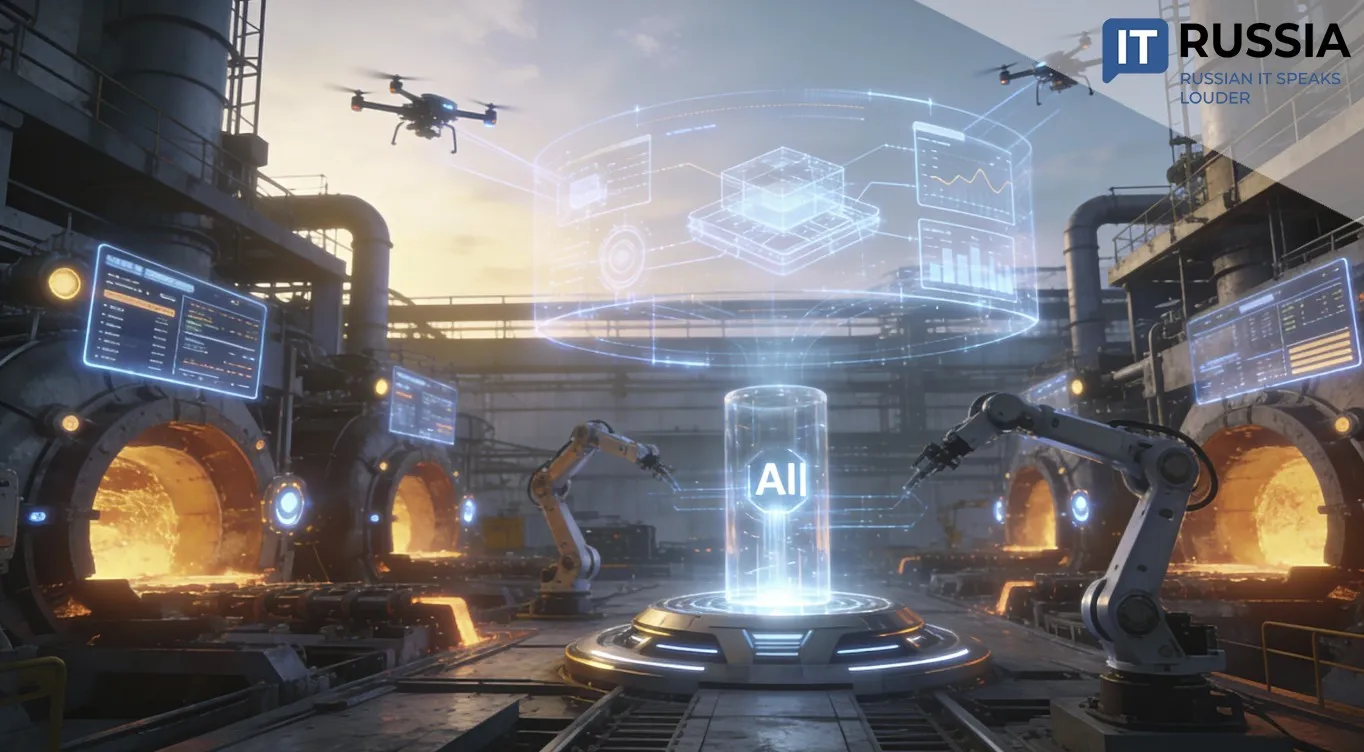More Accurate Than a Sniper: How AI in Russia Is Helping Fight Cancer
Cancer remains one of the leading causes of death in Russia and worldwide. Addressing it requires not only the expertise of physicians but also the use of advanced technologies. Artificial intelligence is becoming one of the most promising tools, actively applied in diagnostics, treatment planning, and drug development. Despite challenges, Russia is steadily carving out a niche in this global race.
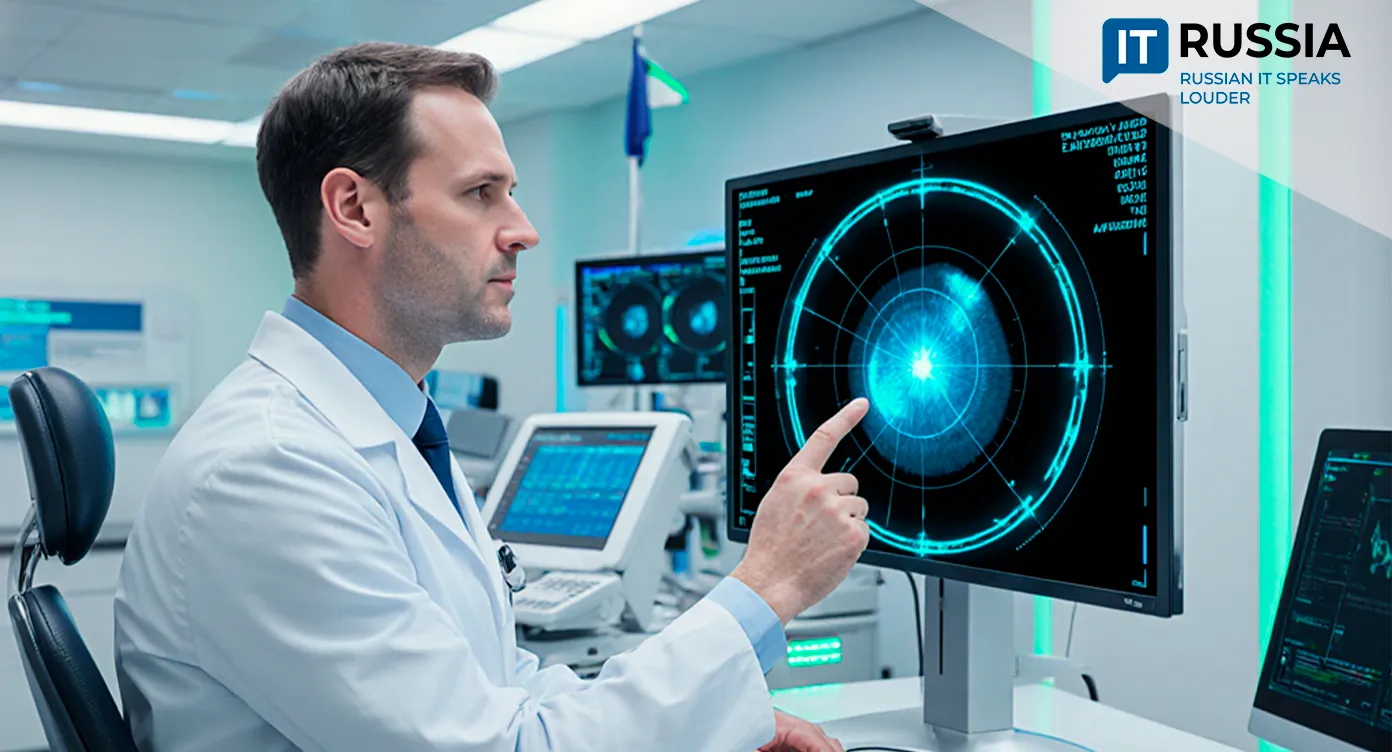
AI as a Tireless Assistant
The most critical factor in oncology is early detection. Here, AI is showing remarkable results, particularly in medical imaging analysis. According to a nationwide survey, 85% of Russian doctors already recognize AI’s usefulness in medical tasks ranging from process optimization and biopharmaceutical research to disease diagnostics. The list of areas where AI is successfully applied in hospitals is growing.
AI algorithms train on vast datasets—X-rays, CT, MRI, PET scans—learning to detect abnormalities invisible to the human eye due to fatigue or small size. For example, systems can identify microcalcifications on mammograms, an early sign of breast cancer.
In Russia, the Galenos.AI program has been registered, capable of diagnosing 16 cancer types at early stages with up to 98% accuracy using patient records and questionnaires. The system analyzes electronic health records and patient surveys for specific cancer symptoms, flagging cases for further examination.
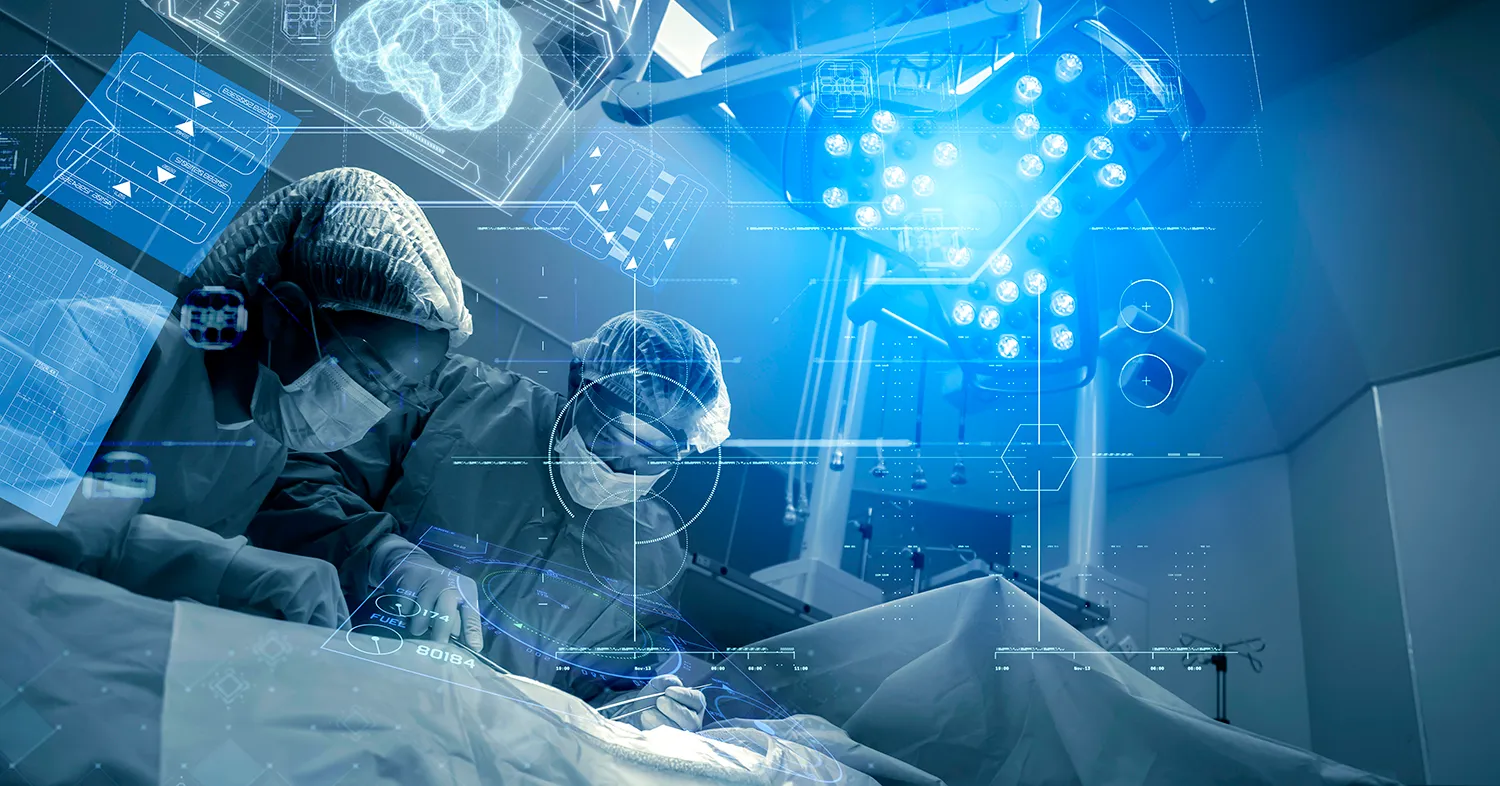
Making Treatment More Precise
In cancer therapy, Russian specialists use automated contouring, digital pathology systems, and image analysis. The biggest change lies in the scale of adoption. Instead of the “carpet bombing” of tumors with radiation that inevitably affects healthy tissue, oncology is shifting toward the “sniper’s shot”: stereotactic radiotherapy (SRT). This high-precision radiation treatment, enhanced with AI, is reshaping cancer care standards in Russia and beyond.
Imagine replacing weeks of grueling treatment with just a few sessions. Imagine avoiding damage to healthy tissues while targeting only the tumor. Imagine patients returning to normal life quickly, without long recovery periods. This is no longer futuristic—it’s the reality of modern radiotherapy.
From “Powder for the Whole Shirt” to a “Dropper for a Stain”
Traditional radiotherapy is like washing an entire shirt with strong detergent to remove one stain—the stain disappears, but the fabric weakens and fades. Similarly, healthy tissues around tumors inevitably receive radiation. Doctors must overcompensate for tumor shifts during breathing or movement. Treatments stretch to 30–35 sessions, and side effects become a major burden.
SRT works differently. It’s like applying cleaning solution with a dropper directly onto the stain. Tumors are tracked with millimeter accuracy in real time, and the radiation beam follows even the slightest motion. Healthy tissues are spared, and treatment may take only a handful of sessions.
Personalized Care
Choosing a treatment plan is a complex task. AI helps solve it by analyzing not just images but also large volumes of structured data: histology reports, genomic data, lab results, and treatment history.

AI can predict therapy outcomes, forecasting whether a particular chemotherapy or immunotherapy will be effective for a specific patient. This helps avoid unnecessary procedures and their severe side effects. By analyzing genetic mutations in tumors, AI can also recommend targeted drugs that attack specific molecules in cancer cells.
For instance, Oncobox, a Skolkovo participant, is developing a platform for personalized therapy selection based on molecular tumor profiles. Its solutions are already used in Russian oncology centers, including the N.N. Blokhin National Medical Research Center of Oncology.
Morphology and Pathology
AI is transforming pathology. Examining histological and cytological samples is labor-intensive, but neural networks can process digital slides in seconds, assess dividing cells, identify malignancies, and measure tumors with precision.
The Skolkovo Institute of Science and Technology (Skoltech) is pursuing active research in this field, developing algorithms for automated analysis of histology images. These tools significantly accelerate and standardize diagnosis.
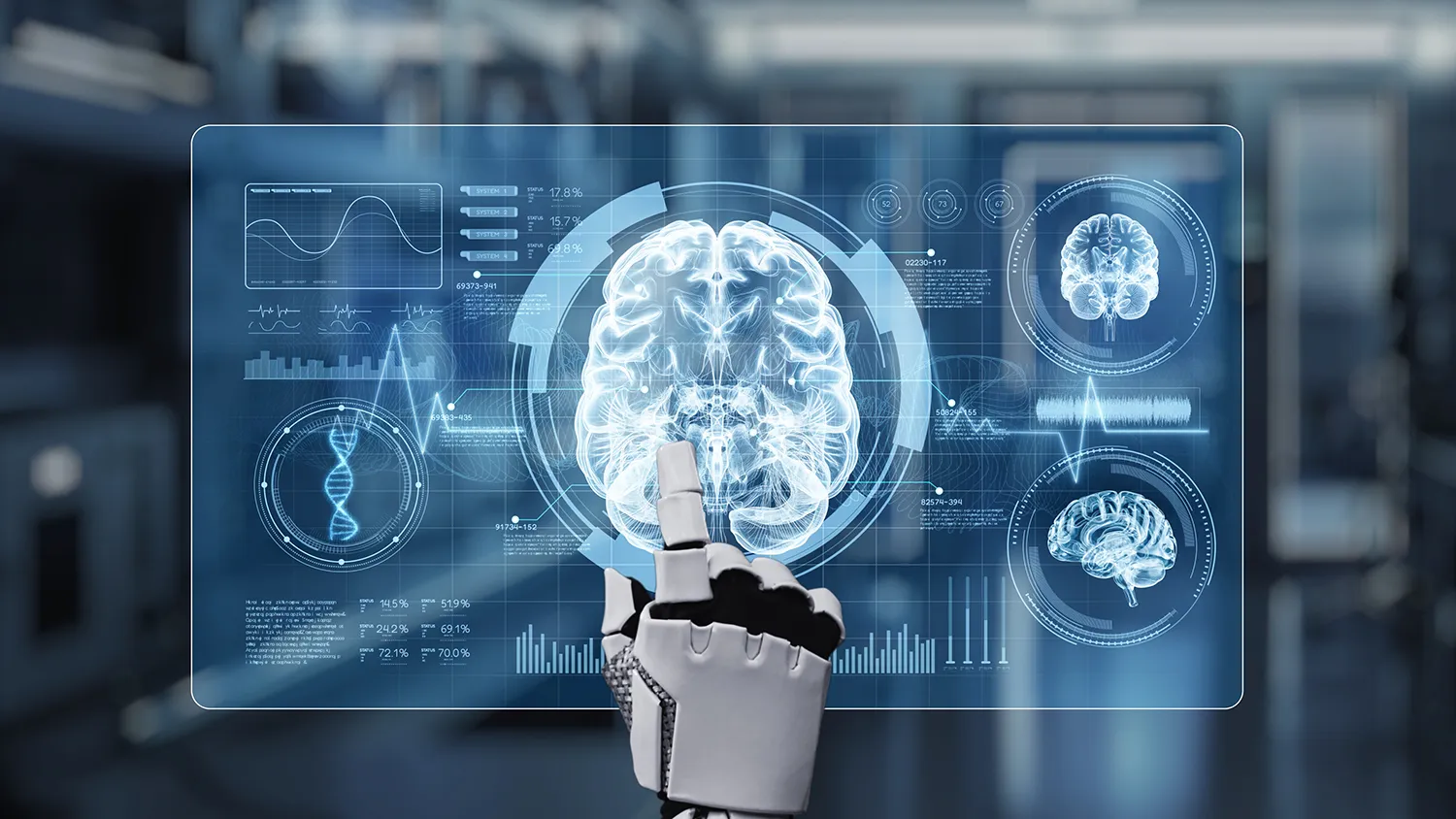
AI also accelerates fundamental research. Machines can analyze thousands of scientific papers, clinical trial datasets, and molecular interactions to identify new therapeutic targets or propose novel drug combinations.
The Future Belongs to AI
Russia sees vast opportunities for AI in medicine. National programs such as “Healthcare” and “Healthcare Development” are fueling digitalization. Leading oncology centers—including the NMRRC of Radiology, the N.N. Blokhin Oncology Center, and the Herzen Oncology Institute—are building digital platforms and testing AI-powered tools.
For patients, this means fewer radiation sessions, minimal damage to healthy tissue, and faster recovery. For Russia, it offers a chance to strengthen leadership in AI for healthcare, export software and services, and collaborate internationally. For the world, it promises shared expertise and access to advanced technologies even in resource-limited countries.
Artificial intelligence has moved from concept to practical reality in Russian oncology. The country has taken confident steps toward digital cancer care, with the ultimate goal of improving survival rates and quality of life.







